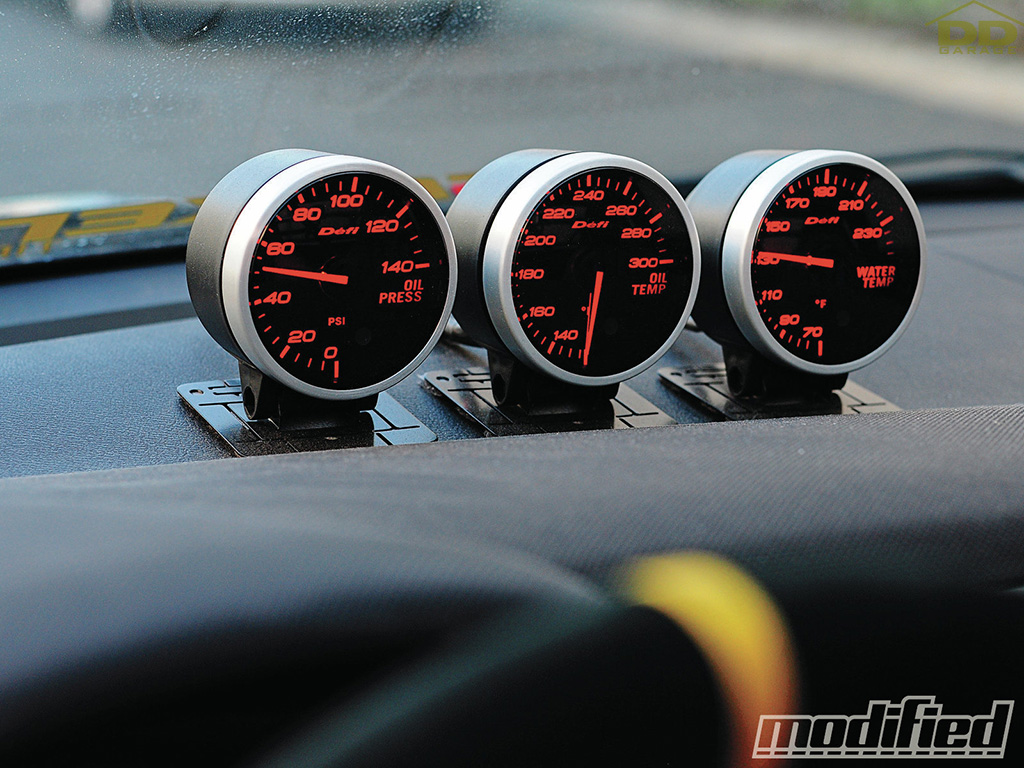

But more interestingly we put our trannies in manual dropped to 50mph in 5th gear and my truck just destroyed his on side by side rollon performance. Especially since my friend has the same truck w a 5.0 my truck makes 50% more power at cruising speeds from review of the dyno charts at 5 star tunning. With the 2.7l ecoboost in my 2015 f150 i can appreciate the turbo effect. By effectively ‘segmenting the CVT into a more conventional automatic transmission shift pattern, Honda effectively tames the high-winding CVT, making for a quieter drive and ride experience. For 2017 Honda greatly improves on a fuel saving shift technology with G-Shift ™ Logic. The evolution of CVT transmission technology continues with the advent of (segmented) G-Shift Logic. While there’s quite a bit more to the engineering magic than that, In effect, a turbocharged 4-cylinder gasoline engine seamlessly performs more in line with a greater displacement V6. With fewer changes in RPM, less fuel is consumed. With high-torque on demand, driving hills and grades require little to no shifting. In the case of a CVT transmission, the ever-available peak torque eliminates much of the CVT’s tendency to “high-rev” while pairing to the engine’s output. Through advanced turbocharging, the engine’s maximum torque output kicks in just above 2,000 RPM (launch) and stays in play throughout the engine/transmission shift cycles. Read my 2017 CR-V first drive impression here.

It’s not so much the measurable increase of torque over that of a normally aspirated engine, but where the turbocharged torque comes into play, and stays through the rev-range. When I first experienced the substantial torque on demand difference that is Honda’s low displacement turbocharged engine of choice was behind the wheel of the reinvented 10th generation Civic.


 0 kommentar(er)
0 kommentar(er)
